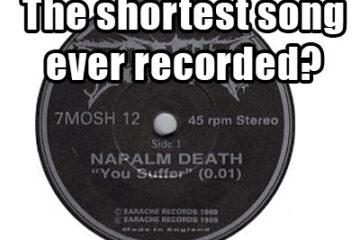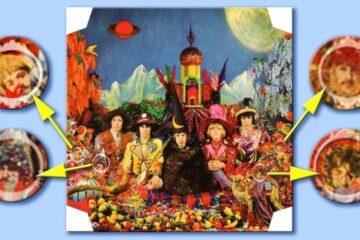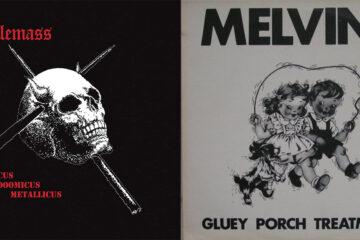The idea of music festivals didn’t really exist before the mid 20th century. Outdoor concerts took place but they aren’t exactly the same, usually being either classical or military music.
Not much crowd-surfing going at an orchestral performance of Mozart.
The Glastonbury Festival in 1970 was not the first music festival, let’s just clear that up right now.
Reading festival is thought to be the oldest UK music festival still going, and that started nearly a decade earlier in 1961.
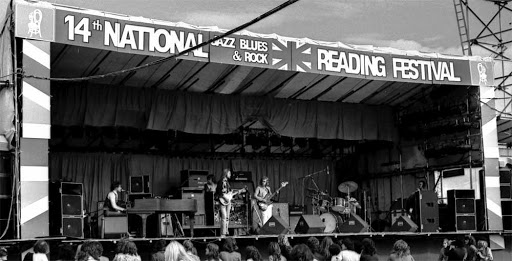
However, festivals were not very common or popular for those first few decades, usually only bringing in a few thousand attendees at a time.
It took time for festivals to work out what was working well and what wasn’t. Security needed to get better, scheduling needed to be sorted out*, and word of mouth needed to spread so that they could get more people to attend the next festival.
With all this in mind, it’s not too surprising that the first Glastonbury festival was a bit of a shambles, but it still makes for a good story, hence this blog post.
*The Weeley Festival in 1971 had the bizarre idea of playing music 24-hours a day for the entire duration of the festival. Bands were playing at 4am, while the crowd mostly tried to get some sleep!
That was also a wild festival, but that’s another story for another day.
The Set Up
On 19th September 1970, the very first Glastonbury took place at Worthy Farm in Pilton, Somerset.
It certainly wasn’t the Glastonbury festival we know and love today though.
*photo?*
The festival has changed a lot over the past 50 years, but sometimes it’s fun to go back and look at the origin of something so huge and renowned as Glastonbury Festival.
The First Glastonbury
The very first Glastonbury festival was in fact, not.

The festival that took place was instead called the ‘Pilton Pop Blues & Folk Festival’.
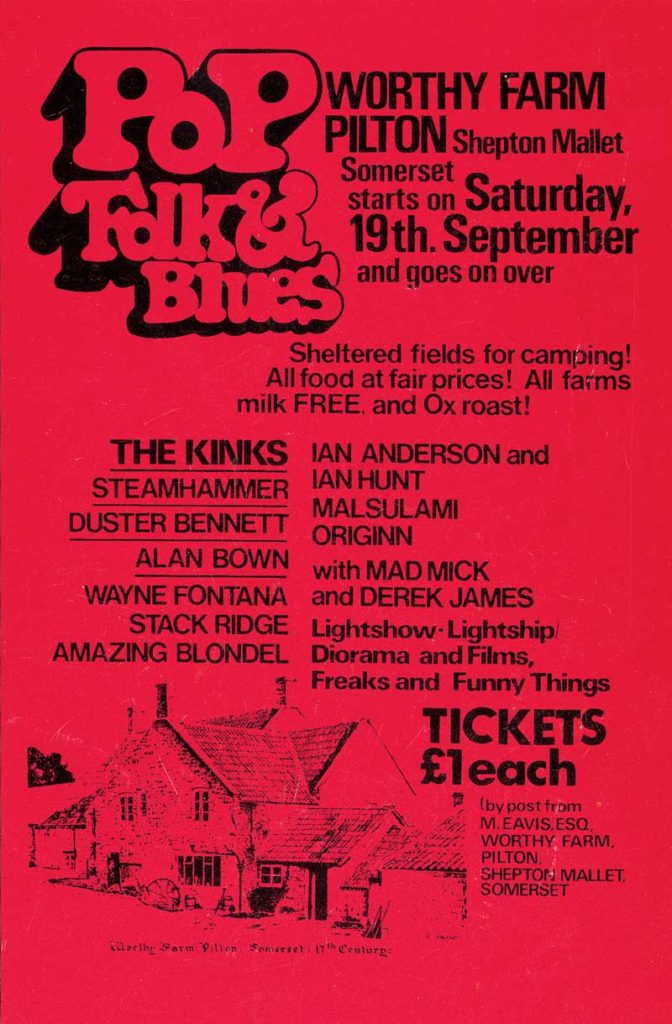
Or actually, was it just the Worthy Farm Pop Festival?
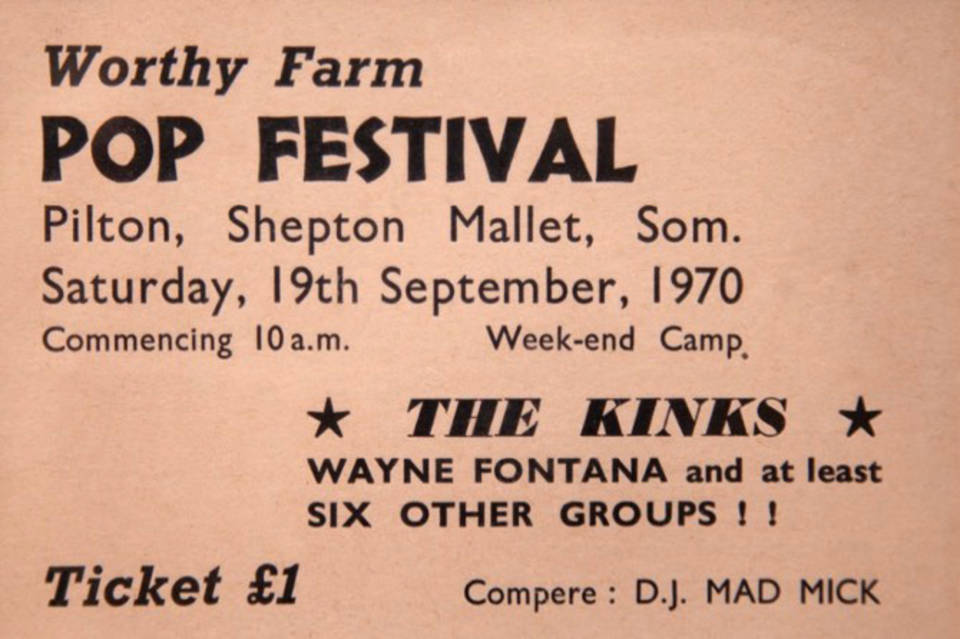
Either way, I think we can all agree those names are rubbish.
So I’ll be referring to it as Glastonbury for the rest of this article, but I just wanted to acknowledge its actual name so I don’t get a bunch of comments telling me I’m wrong.
The Reason
Not many people wake up one day and say to themselves “I’m going to create a music festival!”, but that is pretty much exactly what Michael Eavis did.
Mr. Eavis was not a promotor or festival organiser until this point; he was a Dairy farmer.
However he also loved music and in 1969 he and his wife, Jean, visited the Bath festival of Blues. After seeing seeing Led Zeppelin perform, he was inspired to create his own festival.
What a lovely story, a guy who loved music and just wanted to create his own festival so help bring the music to more people!
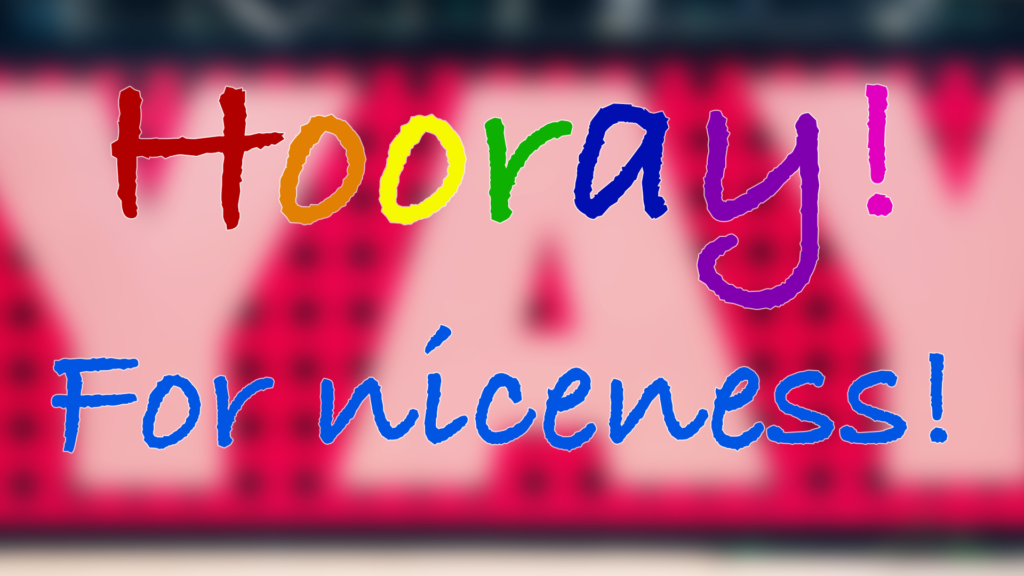
But that wasn’t the only inspiration he had though…
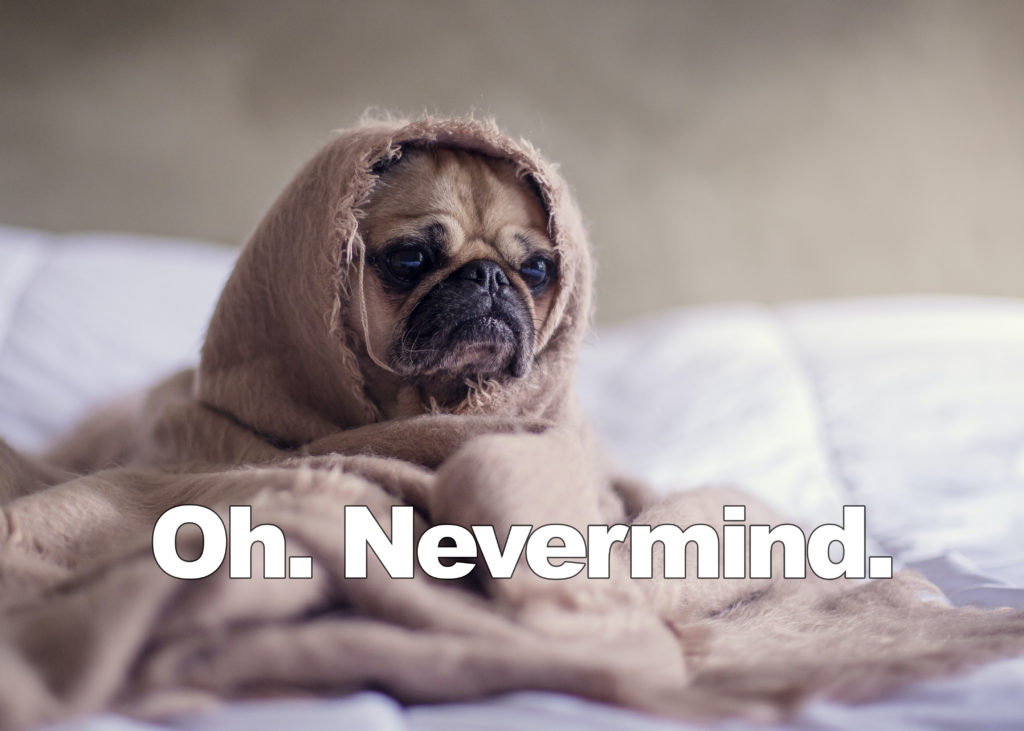
Michael also had an overdraft that he wanted to pay off.
In this BBC interview from the time, he admits that he “Thought [putting on Glastonbury festival] would be the quickest way of clearing it”.
So as much as he did enjoy putting on the festival, he did also have the ulterior motive of getting that sweet dolla’ dolla’.

However, as I will get on to later, that overdraft did not get sorted out on that first year, not by a long shot…
The Bands
The Kinks, the proto-punk band, were prominently advertised as the headline act for the event.
I don’t wan’t this to sound biased, as I’m a huge fan of the band, but I don’t want to overstate how amazing this way! The Kinks were a huge band to book for your incredibly tiny event in the middle of nowhere.
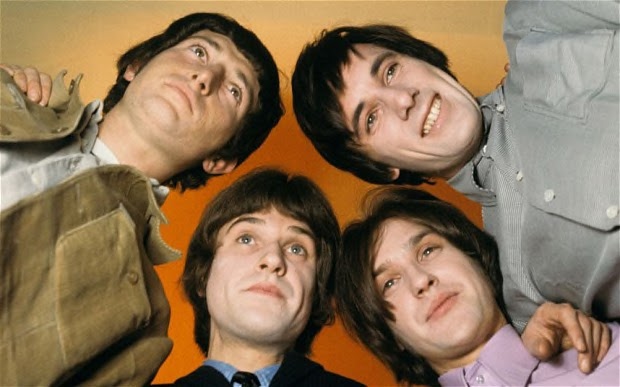
It’s rather moot anyway, as the band actually pulled out just days before the event was to take place, because they heard that it was a ‘mini-festival’.
I have legitimately no idea why that would cause a band to pull out, but whatever.
*quote or something?*
The Kinks were then replaced with T-Rex, which I would consider a down-grade, but I know not everyone feels like that.
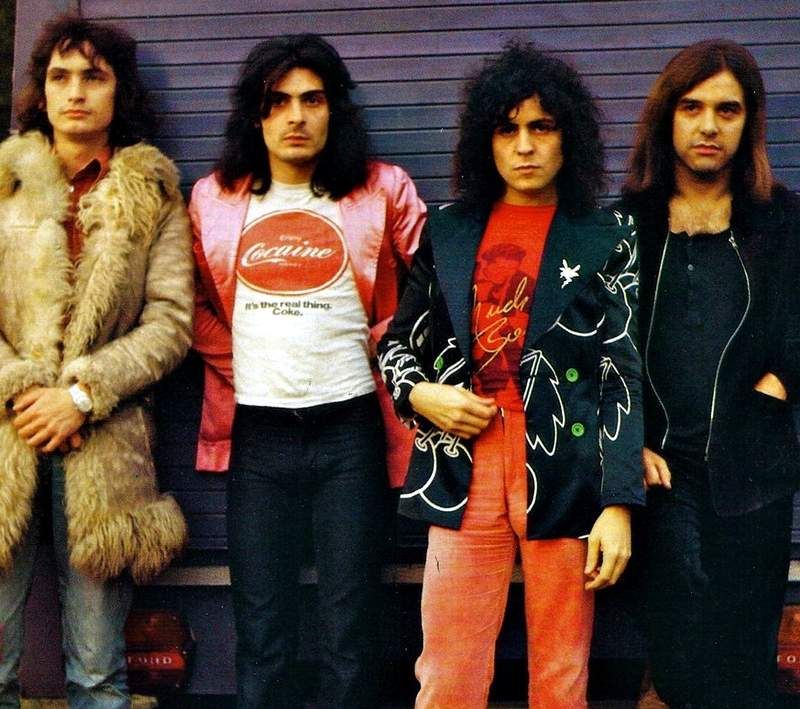
The First Band
The very first band to perform when the festival started was Stackridge, a prog rock band.
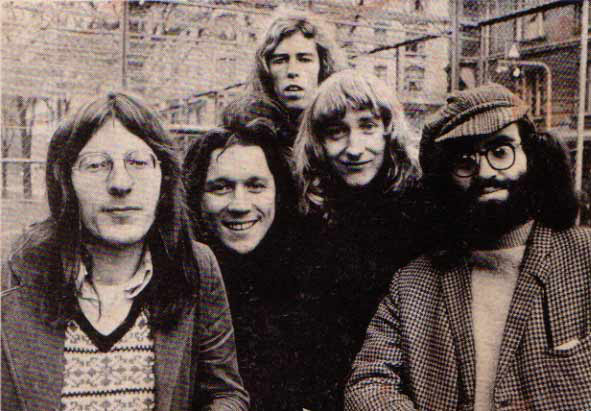
The band also supposedly closed the festival, though I am struggling to find an actual schedule of the bands that played and in what order.
Stackridge was very much of a prog rock band. So much in fact, that one member, Mike Slater, was both vocalist and also the bands flute player!
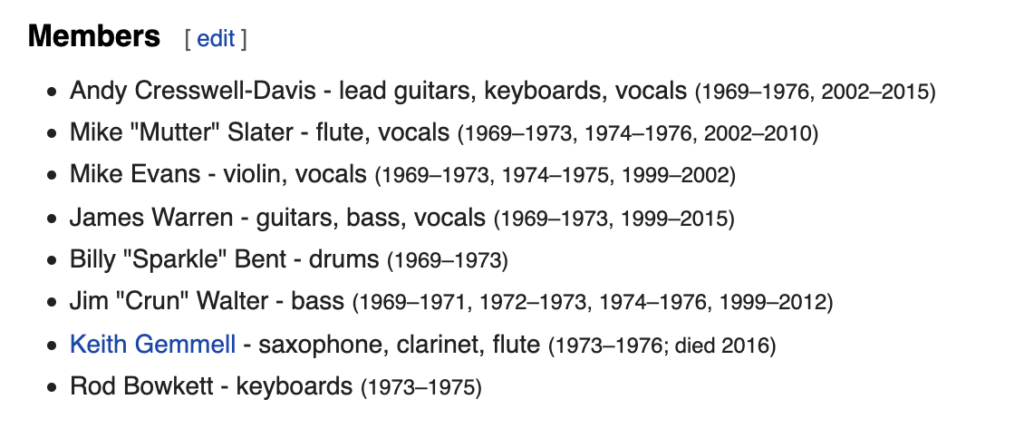
How many bands at Glastonbury 2019 had a flute player? That is a genuine question and I would love to get an answer.
The price
The festival scene nowadays gets a lot of complaints about the ticket prices, and with good reason. A 5-day festival experience with camping can set you back around £500 nowadays, which is absolutely not nothing!
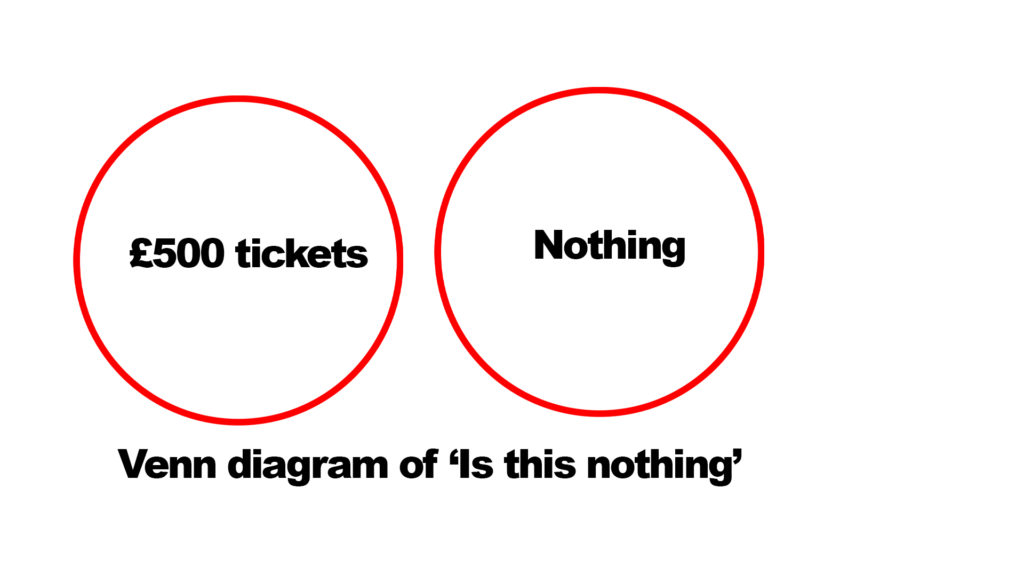
And you can be even more horrified to find out how high the inflation on the prices is.
A ticket for Glastonbury festival 2019 cost 24,700% more than the cost of the 1970 festival.
Although, to be fair, that’s because the 1970 festival only cost £1!
Even adjusting for inflation, that is only around £14. Honestly you’d be lucky to see a single gig for £14, so seeing a whole lineup of bands for it was a steal!
Plus, that £1 didn’t just buy you entrance to the festival, it also bought you a carton of milk from the Diary farm!
It’s hard to imagine that drinking a pint of milk on a summers day in the middle of an open field being the best idea in the world, but they worked with what they had.
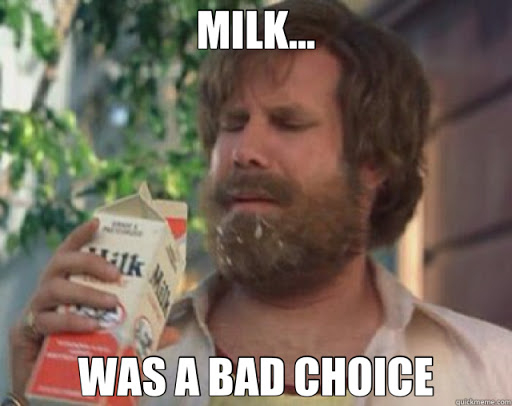
It’s a shame that Michael Eavis didn’t own a Brewery or Soda Farm.
The Audience
These days, the Glastonbury audience is the size of a small country, and that’s not hyperbole: more people attended Glastonbury 2019 (203,000) than there are people living in the Channel Islands (170,499).
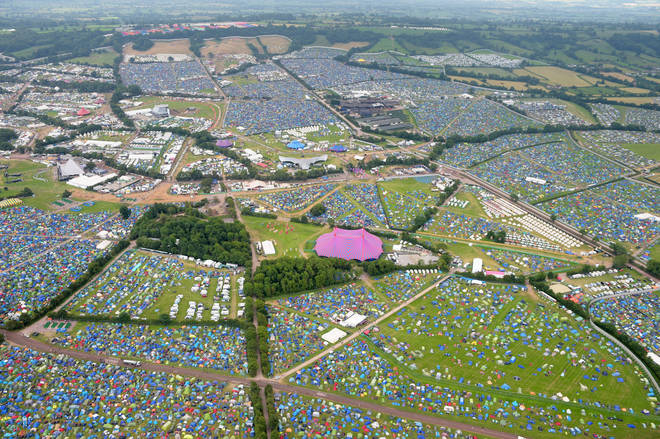
But this was not the case 50 years ago. As I mentioned, this whole Music Festival concept was pretty new and people weren’t sure what to make of it.
And when it came to the Glastonbury festival, what they made of it was “Sod that.”
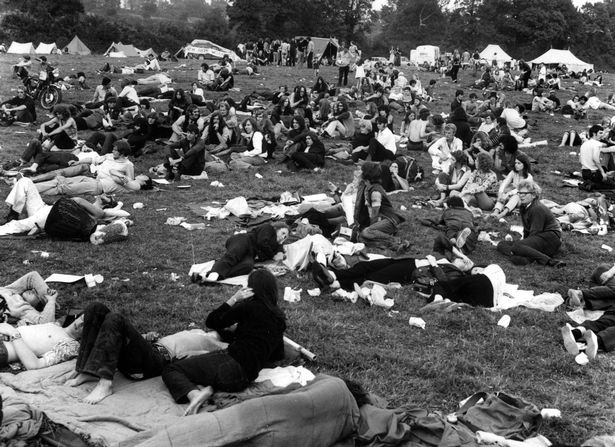
Michael Eavis had a modest hope for 5,000 attendees at his event. This is what he needed to help pay expenses (and his overdraft).
In the end however, less than half that actually showed up. Some estimates are as low as 1,500 people actually coming through the gate to see the bands.
Eavis at the time blamed this on ‘bad advertising’.
“Very poor attendance, I think mainly due to poor advertising. Could have been a gas, great show, had it been better advertised.”
Michael Eavis
Fun fact
The first Glastonbury also took place the day after Jimi Hendrix died.
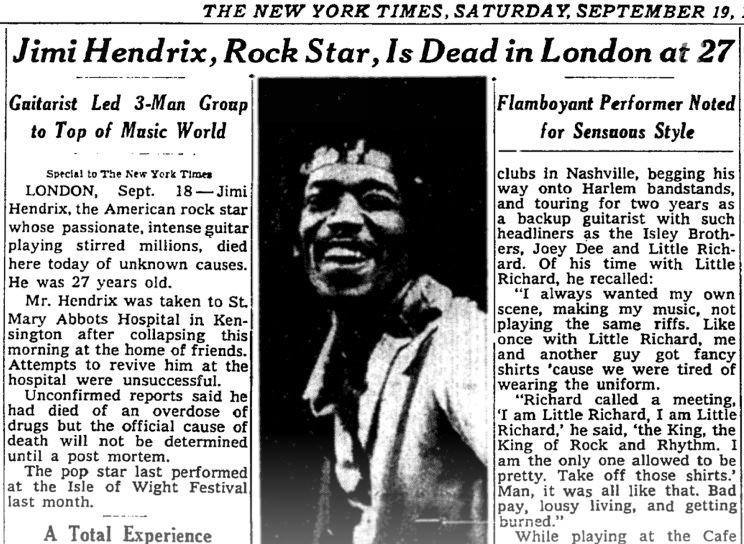
He passed away on the Friday, which was technically the day before the music started at Glastonbury, but people had already shown up and were hanging out at the festival space.
Okay, so maybe it’s not a ‘fun’ fact, but interesting tidbit doesn’t sound as good.
The Legacy
It’s hard to overstate just how small the 1970 Glastonbury Festival was.
With a smaller audience than your bands first gig, a headline act that pulled out at the last minute, and an organiser who just wanted to get his finances back in the black.
Somehow though, this small festival came back the next year, and the next and the next. Soon enough, Glastonbury had become one of the largest festivals in the UK.
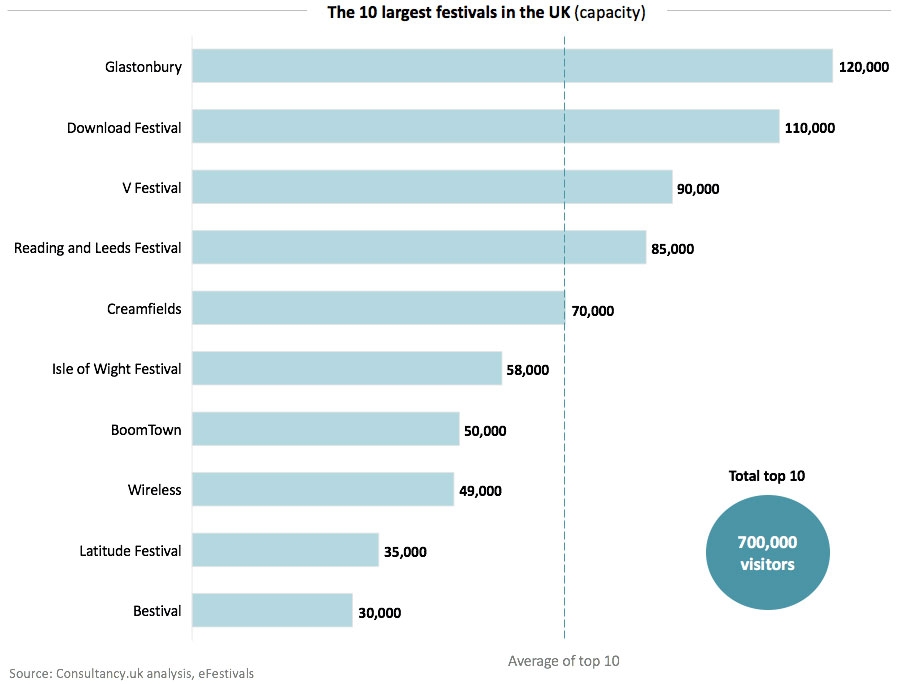
2021 will be the second year in a row that the festival has been cancelled due to the Coronavirus, but I think we are all hoping that the festival does come back in 2022, even if it does have to go back to basics.
Hey, maybe The Kinks will finally come back an headline, like they should have done 52 years ago!
(Yes, I know that Ray Davies did play the ‘Legends’ slot in 2010, but the whole band never did play the festival.)
